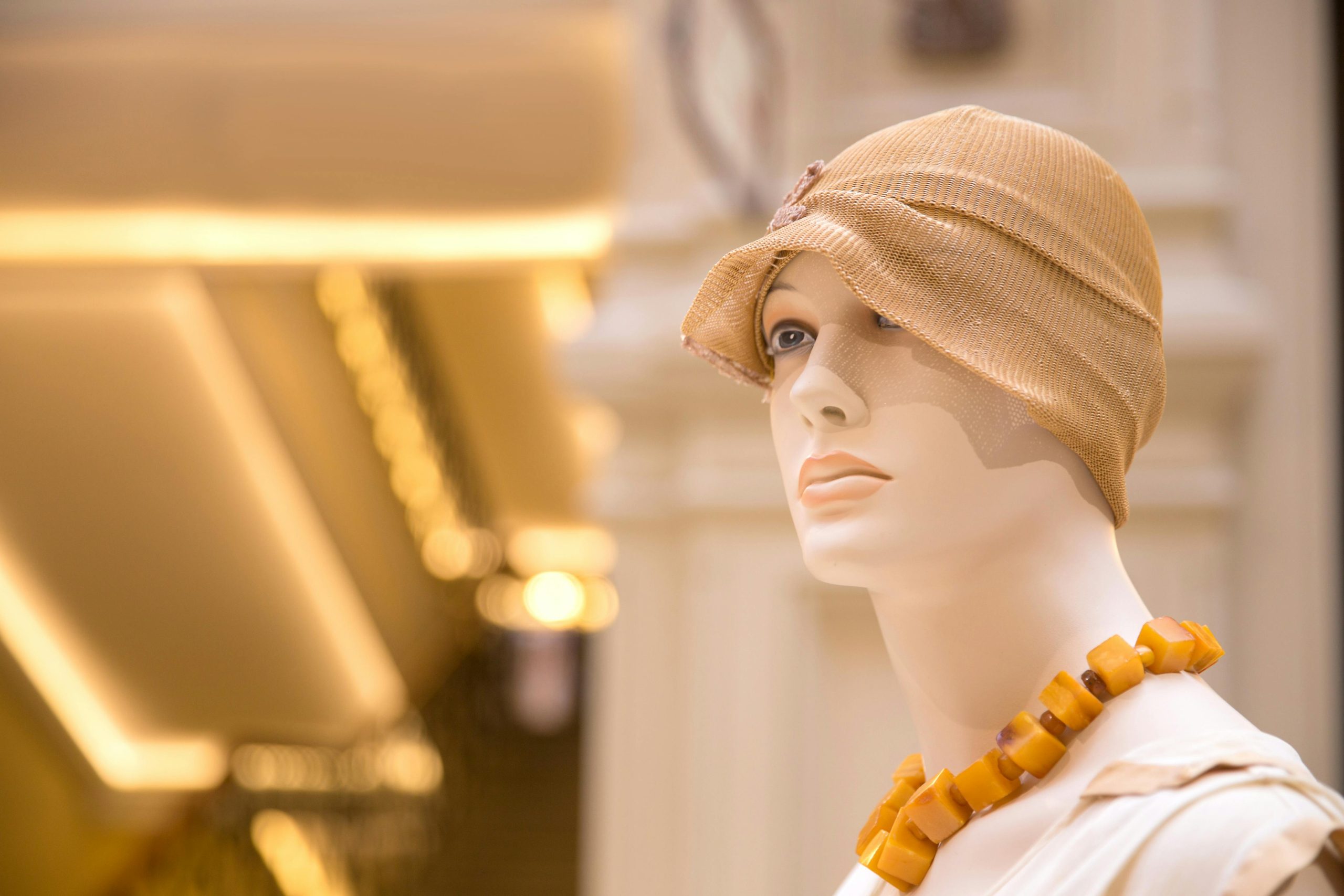Affecting Fashion Trends
Every other day, the fashion industry sees a new trend gaining popularity. Sustainable fashion, slow fashion, and so on started off as buzzwords but soon went onto becoming serious topics for every eco-conscious consumer. Millennials and Generation Z care about their impact on the planet. They want to look their best yet reduce waste. The answer to the rise of fast fashion is this new trend called “thrifting”. The stigma that was previously associated with pre-owned fashion is finally changing. Thrifting has opened up market opportunities like never before. But what exactly is it?
What is Thrifting
Thrifting or thrift shopping refers to purchasing items that are pre-used or pre-loved. It usually includes clothes, accessories and fashion articles. It can either be surplus that has been discarded by fast-fashion brands or old items that are upcycled/recycled by thrift stores. A major reason the thrift culture is gaining swift popularity is because one can get their hands on branded clothes at low prices. But are consumers only thrifting because it’s cheap? Well, no! Thrifting has a lot to do with the environment.
How Thrifting Impacts the Environment Positively?
Less clothing dumped in landfills
Fast fashion predominantly includes clothes made from synthetic materials. These usually take hundreds of years to decompose. When you thrift, and buy pre-used garments and vintage clothes, you significantly contribute by reducing the volume of clothing sent to landfills every year. Waste production is also minimised.
Lesser resources wasted
Manufacturing new clothing requires a large number of resources namely water, energy and other raw materials. Did you know? A pair of jeans typically uses about 1,800 gallons of water in the manufacturing process and cotton growth? When consumers opt for second-hand items, they reduce the demand for new clothing production. Indirectly, this helps conserve all the precious natural resources which are already scarce.
Lowering carbon footprint
Thrifting also helps a consumer reduce their carbon footprint. The fashion industry is a significant contributor to global carbon emissions. Producing clothing and accessories is an energy-intensive process that involves lengthy supply chains. Since pre-used clothing has already undergone the intensive stages of production, there is zero to negligible carbon footprint of producing new clothing.
Benefits of Thrifting for Consumers
Thrifting is something everybody benefits from, not just the environment. It’s a consumer-friendly practice too. Here are a few ways on how they benefit:
Save money:
Purchasing pre-worn clothing can really save one money. Thrift stores usually have trendy clothing at lower prices compared to fast fashion brands like H&M and Zara.
Chance to support local causes:
While for some thrifting may be a serious business, many others do it to support community needs or a charity. For example, certain communities run a thrift store to support causes such as helping survivors of domestic violence or to raise money for education of the girl child. The cause can be any but the intent is the same. As a consumer, every purchase of yours can be life-changing for another individual. When you buy to support a cause, you feel good too.
Own luxury at lower costs:
Everybody desires luxury items and designer articles. Thrift stores are the best way to fulfil this dream. They usually sell items at a fraction of the initial cost. It’s a win-win for consumers who want to elevate their wardrobe in a cost-effective way while conserving the planet.
Social responsibility:
As a consumer, you can not just shop from thrift stores but donate to them as well. Instead of throwing away any items of yours, you can donate them. This will surely make you feel good.
Impact of Thrifting on Fashion Trends
Shopping second-hand clothing has surely become a trend. Firstly, because it is sustainable and secondly because all the garments are recycled. Owing to these reasons, thrifting has become a major trend. Does this mean that other brands that sell new clothing are going to completely become obsolete? Well, no. Fast and slow fashion brands will continue to exist, and they will continue to roll out spring-summer and autumn-winter collections. The only difference is that the consumer mindset has changed. What was initially considered a symbol of poverty now represents a novelty. Consumers today are concerned about the planet and future generations. In fact, studies reveal that millennials love styling themselves in vintage clothing by thrifting from stores that sell pieces from the 60s and 70s.
Conclusion
Thrifting can never replace fashion. It’s just a culture which might even fade away eventually. The type of clothing made by students studying fashion and apparel design courses is different from the ones you get at thrift stores. There will always be a demand for trendy garments. Thrifting is only a sustainable and responsible approach towards the environment.




